
Anne Murray
A familiar face and voice to any Canadian, Murray signed to Capitol in 1969 and earned her first gold record for the following year with her No. 1 hit “Snowbird.”

The EMI Music Canada digital archive provides access to the corporate audiovisual records from Capitol Records of Canada and EMI Music Canada, covering the time period 1949–2012.

A familiar face and voice to any Canadian, Murray signed to Capitol in 1969 and earned her first gold record for the following year with her No. 1 hit “Snowbird.”

Natives of Hannah, Alberta, Nickelback found worldwide superstardom with their post-grunge sound; eventually selling over 50 million records.
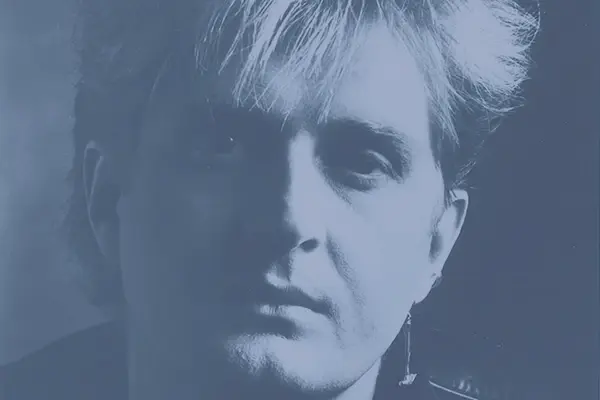
Singer-songwriter Cochrane led rock band Red Rider through the 1980s and found international fame after going solo in the 1990s with hits “Life Is A Highway” and “Big League.”

Montreal-born Luba stunned audiences and listeners in the 1980s with her powerful voice, rising to fame in the 1980s with a string of hits including “Every Time I See Your Picture” and “Calm Before the Storm.

The Tea Party’s psychedelic blend of alternative rock with eastern instrumentation scored them a record deal with EMI Music Canada that would last until the dissolution of the label in 2012.

Rapper and songwriter k-os helped step up Canada’s hip hop game by bringing together elements from hip-hop, funk, soul and reggae.

Quebec’s Beau Dommage led the way forward for a new generation of francophone musicians in the 1970s by drawing from American rock and Quebecois folk traditions.

This group of siblings from Nova Scotia found critical acclaim and nationwide popularity in the 1990s with their blend of Celtic, country and folk music.

The first Inuk woman to gain a top-ten hit, Aglukark gathered her experiences growing up in the Canadian North into her signature adult-oriented, country-infused songs.

Following his success as lead guitarist and songwriter for The Band, Robertson embarked on a solo career, which included two albums for Capitol Records in which he explored his Indigenous background.
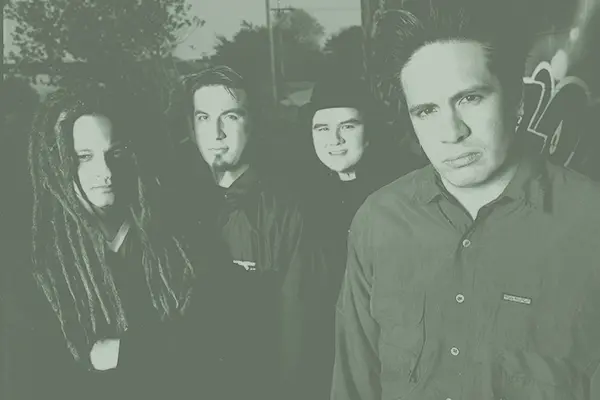
This Hard Rock/Nu Metal outfit from Saskatchewan signed to EMI Music Canada in 2001, following strong live performances and a successful self-released debut album Songs For Dying Nations.
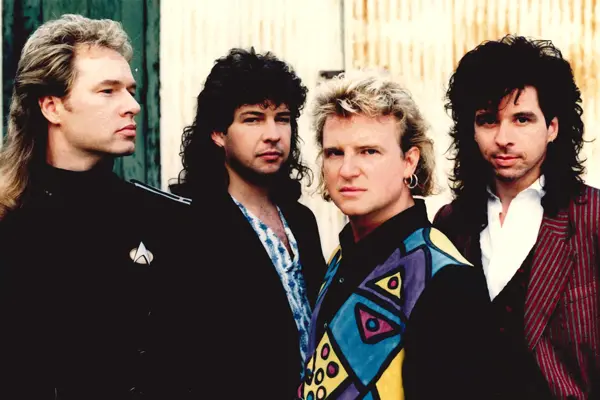
Formed in 1983 in Newmarket, Ontario, Glass Tiger made waves internationally with their chart-topping hits, including “Don’t Forget Me (When I’m Gone)” and “Someday.”
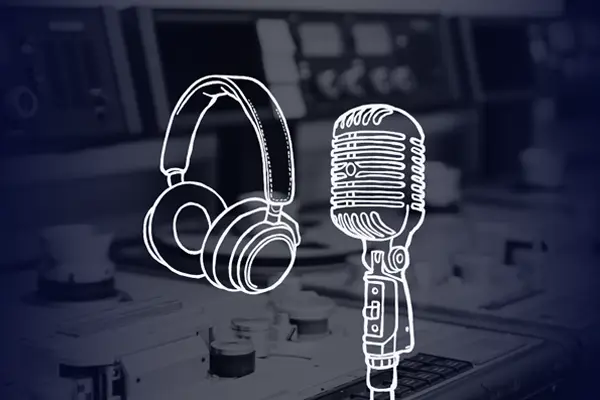
Learn more about our work to migrate, digitize, and digitally preserve the audiovisual recordings in the EMI Music Canada Archive.

Capitol Records of Canada signed Ottawa’s The Esquires in 1963 marking the beginning of a domestic rock and roll roster in Canada. The genre hit its stride in the 1970s and beyond with acts like Edward Bear, April Wine, Red Rider, Fludd and others.
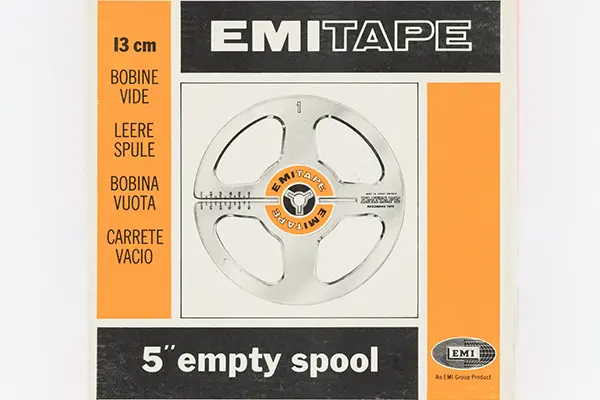
Capitol Records of Canada released its first single by a Canadian: Jack Kingston’s “Yodeling Cowboy” in 1950, marking the initial steps towards fostering a domestic roster and recording industry in Canada that would pan out in the coming decades.

EMI acquired the prestigious jazz imprint Blue Note Records in 1979 just as the genre would hit the mainstream. The label, along with Manhattan Records, would provide a home for Canadian jazz excellence with artists such as Renee Rosnes, Jane Bunnett and Holly Cole.

Dip into selections from artists and bands that may have had brief moments in the spotlight but impacted local scenes or helped pave the way for later artists to capitalize on their ingenuity.
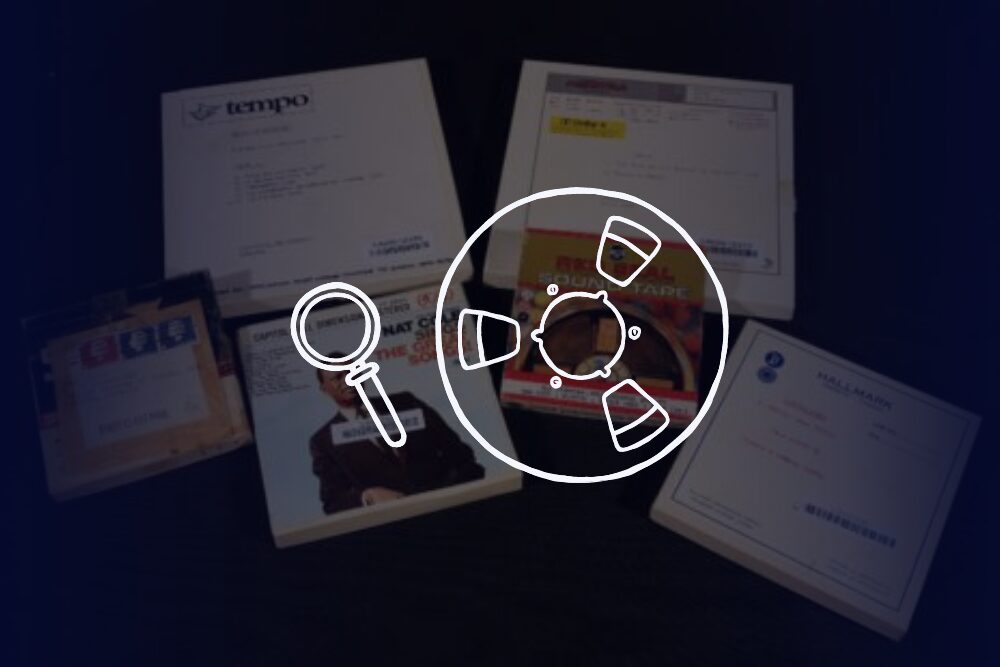
There’s more to explore in the EMI Music Canada Archive. The EMI Music Canada fonds is the complete corporate archive from the Canadian major record label company and its predecessors, Capitol Records of Canada, held at the University of Calgary Archives and Special Collections.

From the 1980s to the turn of the millennium, artists like Mr. Metro, the Dream Warriors, k-os, Choclair and Kardinal Offishall set the stage for Drake and the Weeknd’s rise to superstardom in the 21st century.
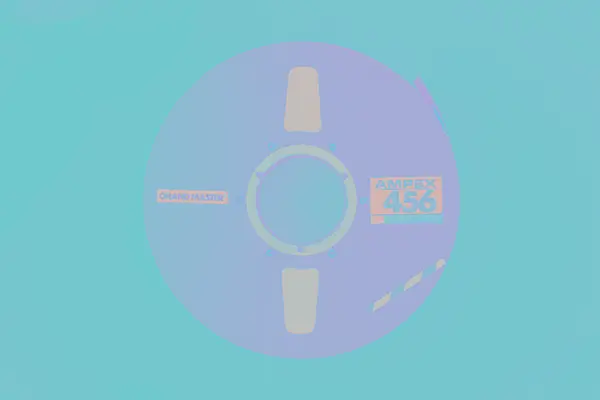
How many audiovisual formats can you identify? Follow this link to see an assortment of weird and wonderful audiovisual formats and their content from the archive.
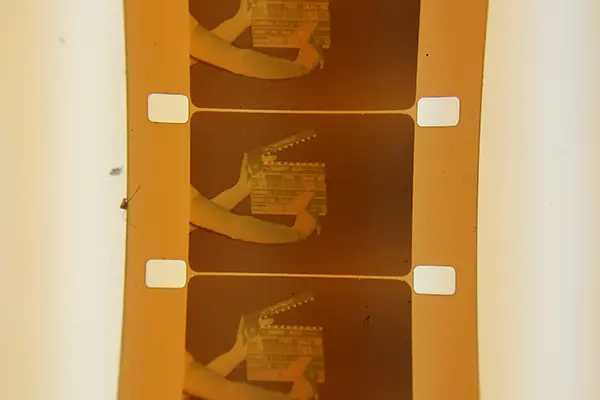
At the dawn of the 1980s, music broadcasting invaded living rooms around the world with big hair and bigger budgets; bringing a new visual tapestry to the Canadian cultural landscape.
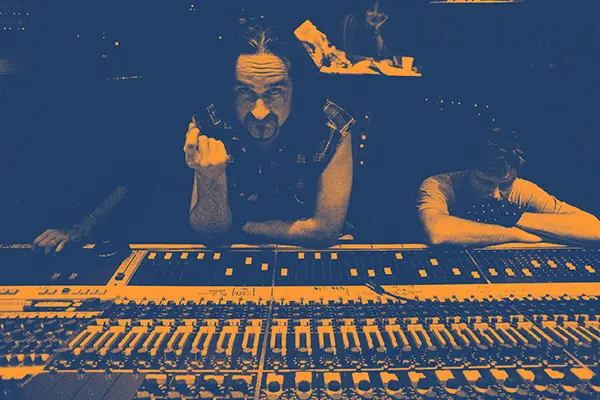
From the 1960s to the present, recording studios emerged across Canada that offered the sound and the vibes that artists and producers needed to make global hits.
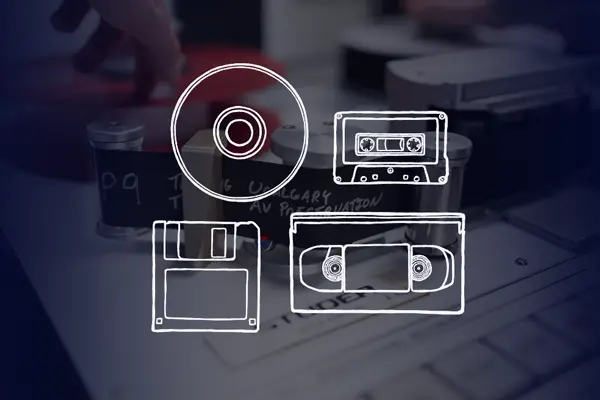
A state-of-the-art facility where audio and video recordings in over thirty legacy formats can be cleaned, repaired, and transferred to high resolution digital masters for long term preservation and access.
Book an appointment with a subject archivist to learn more about the collection.